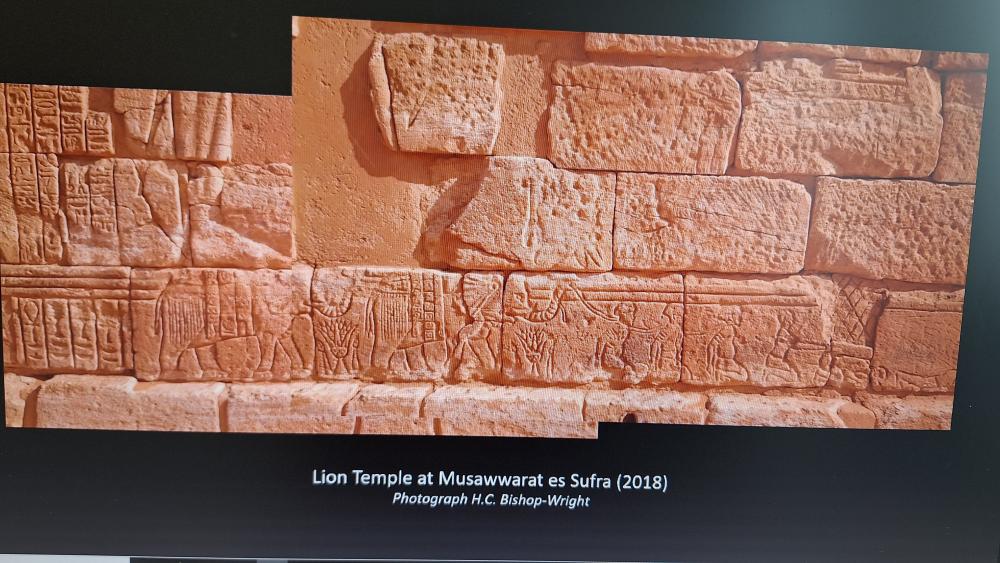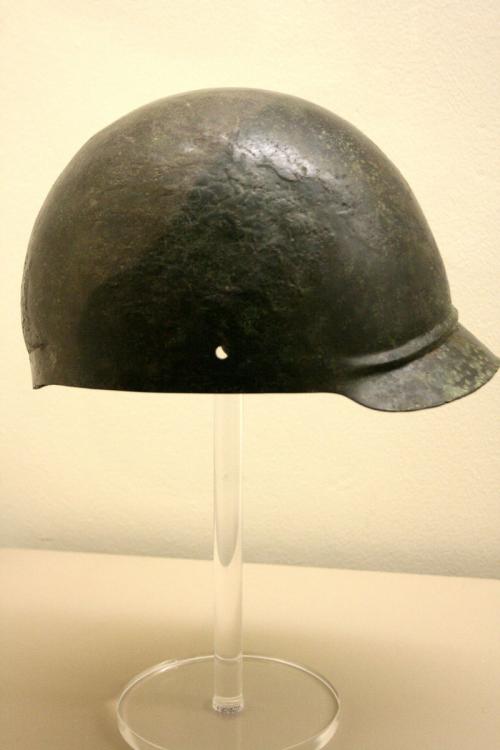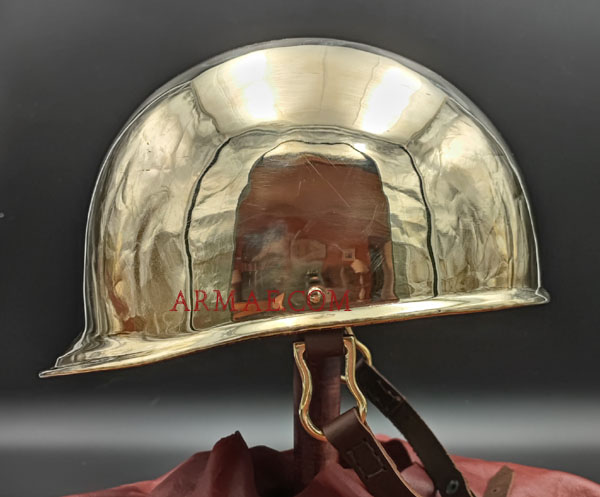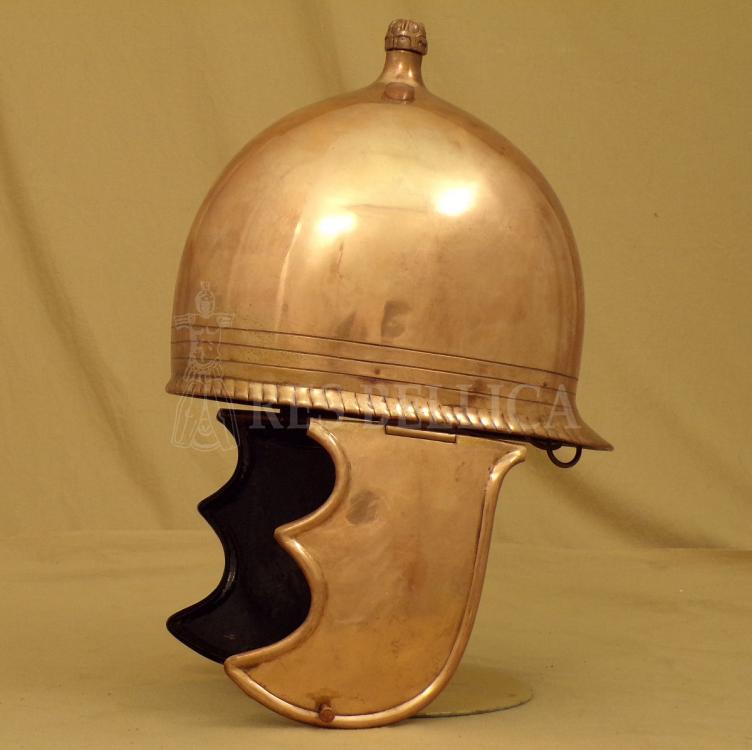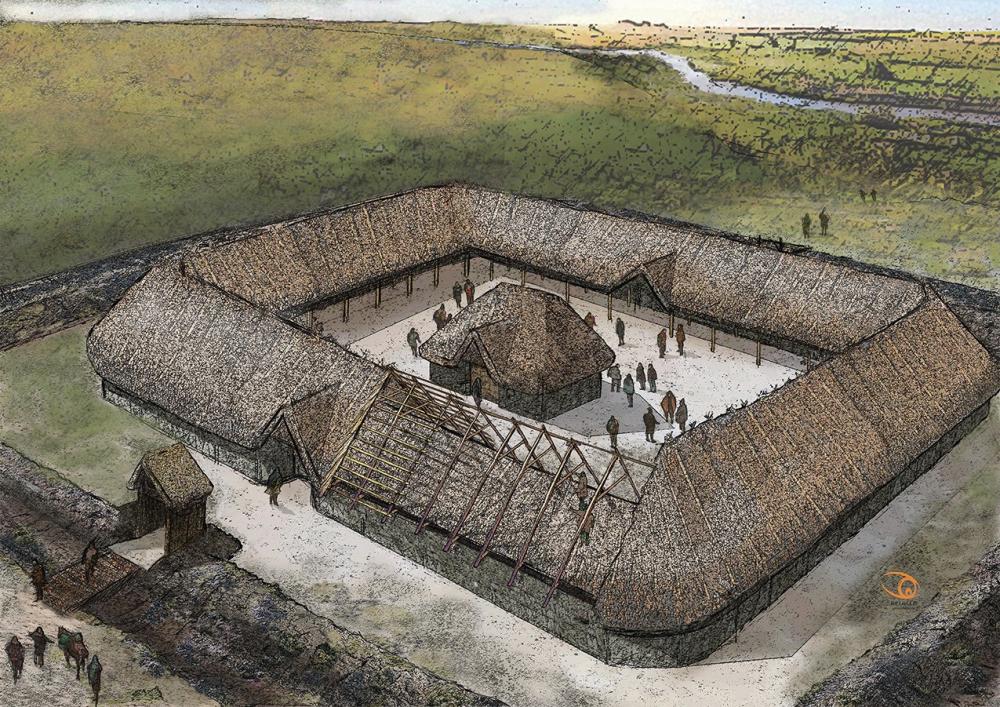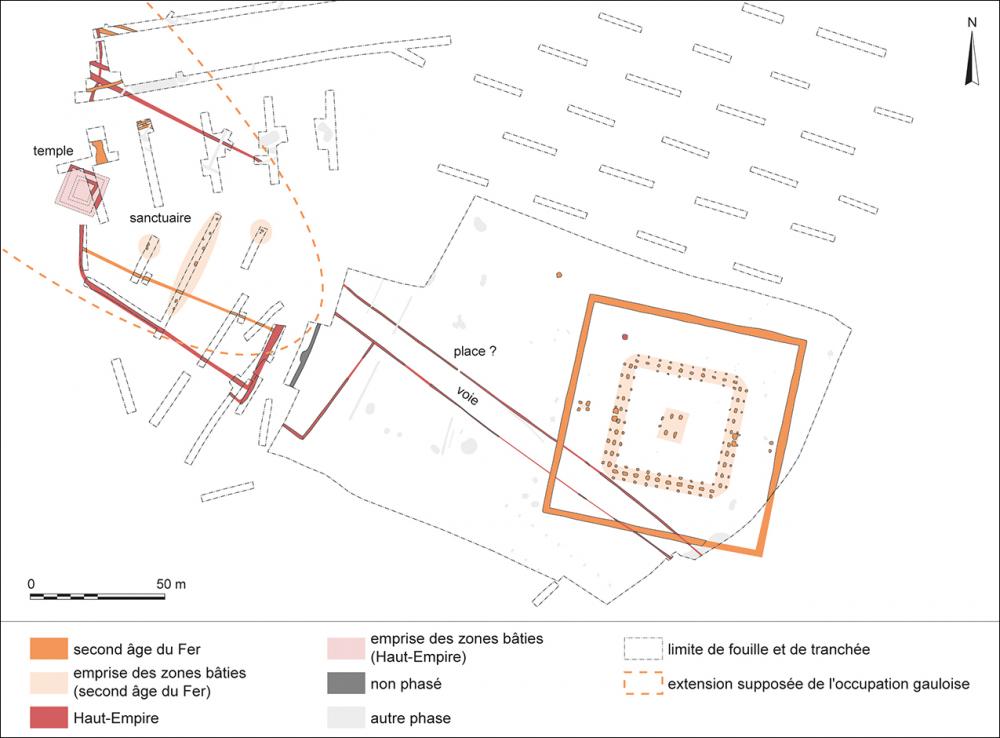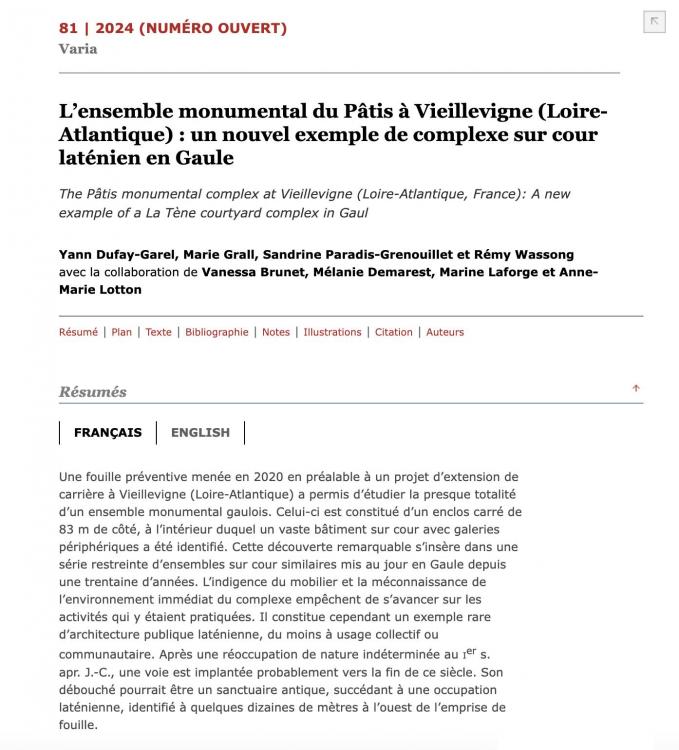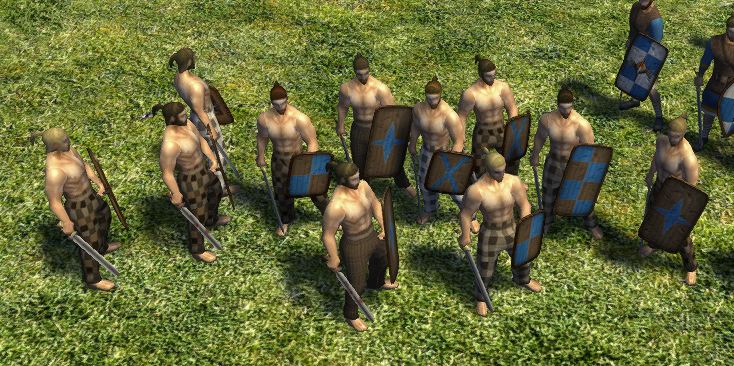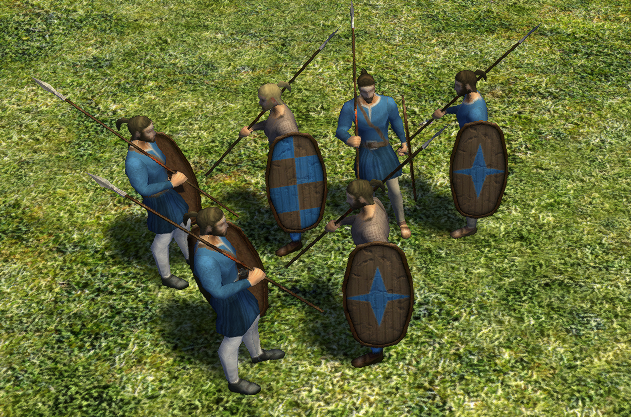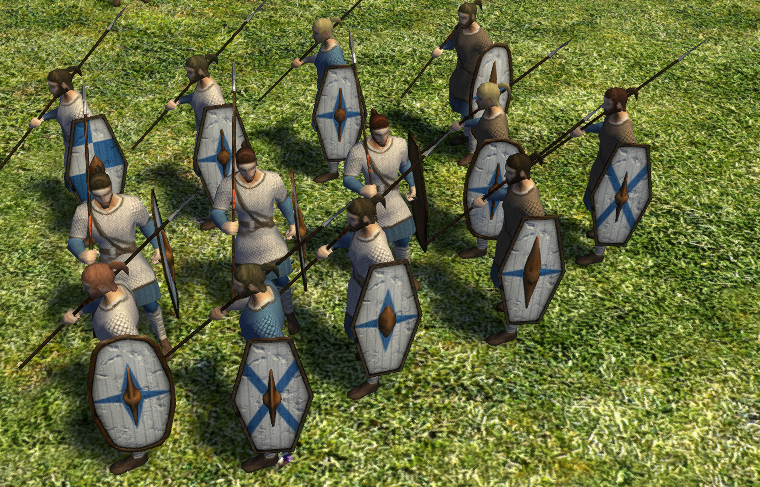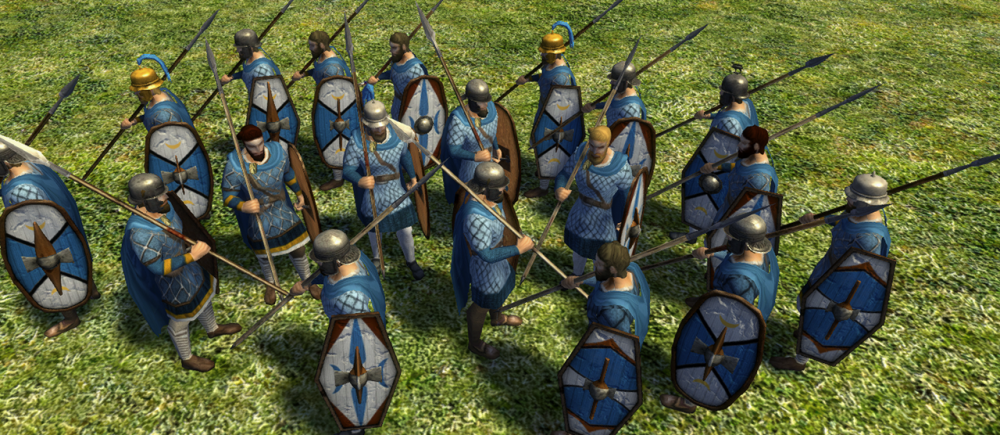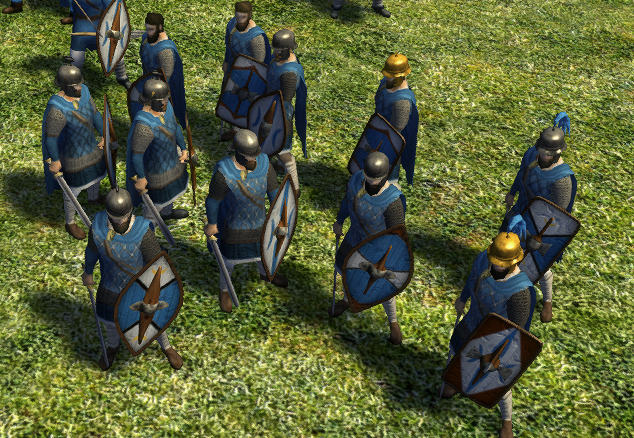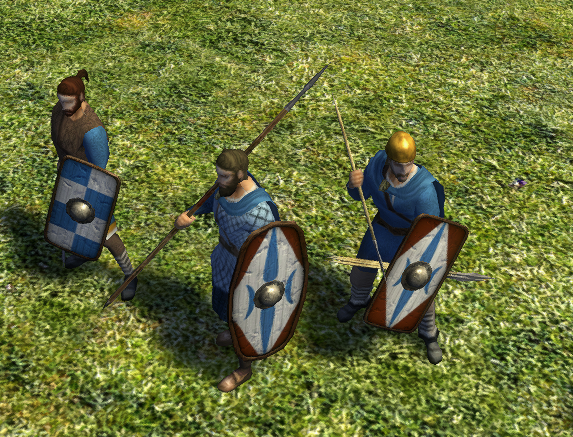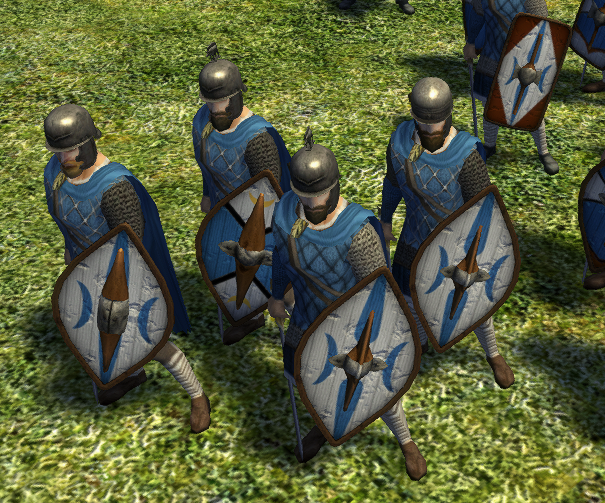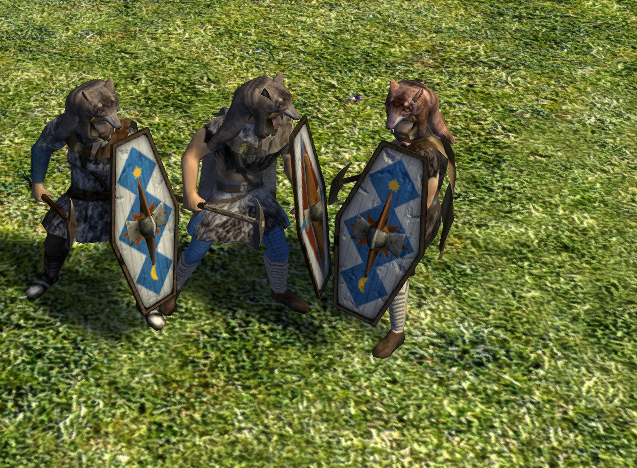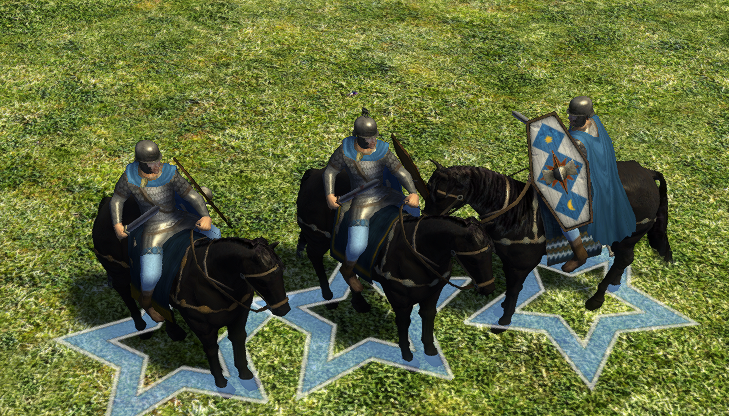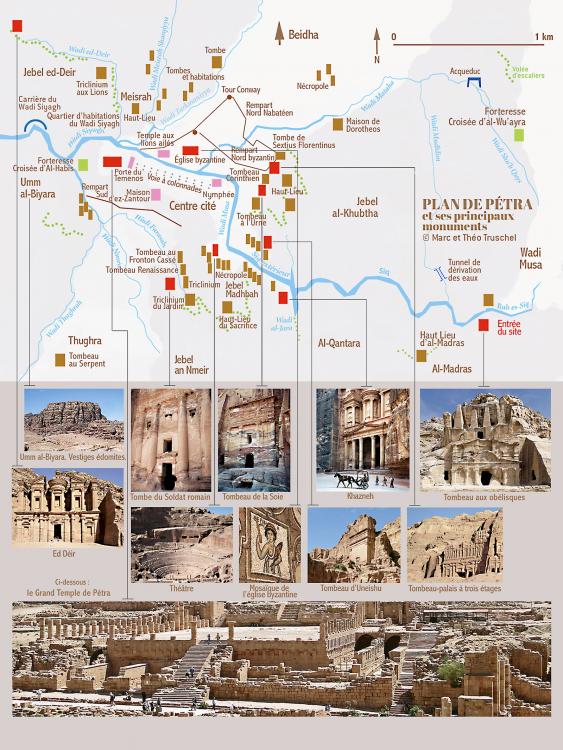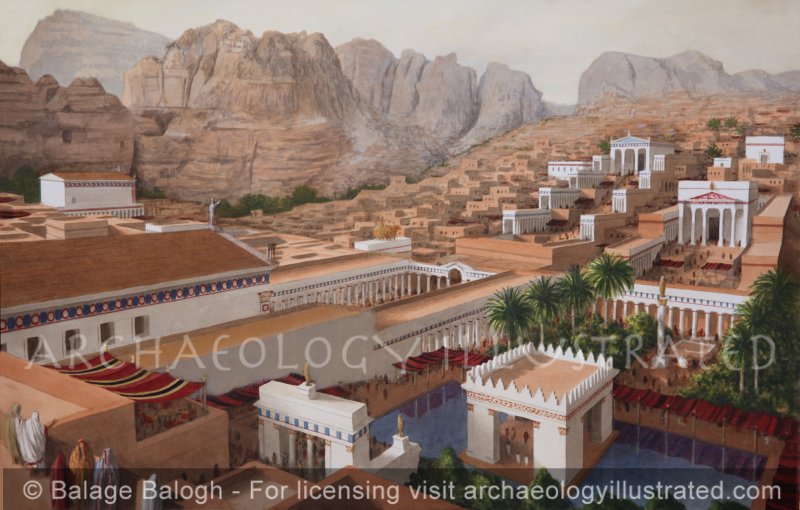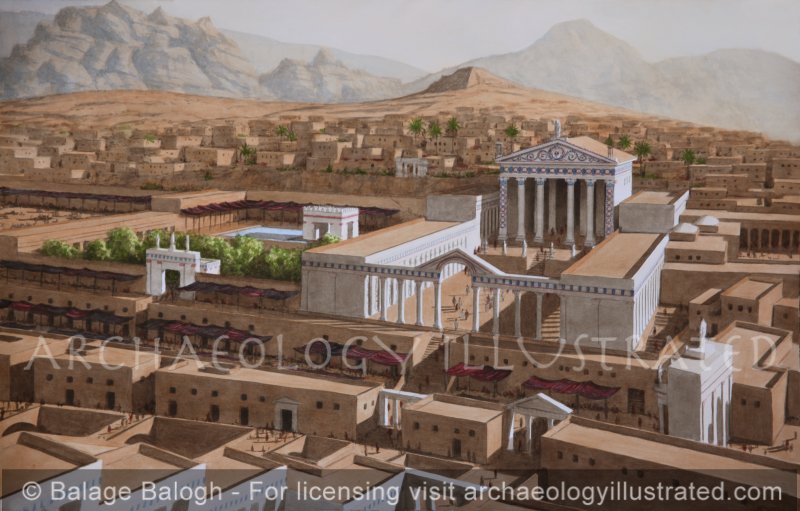-
Posts
2.379 -
Joined
-
Last visited
-
Days Won
80
Everything posted by Genava55
-
.thumb.jpg.b21ca1d0c15fb56b42c39b25a0a40815.jpg)
The Kingdom of Kush: A proper introduction [Illustrated]
Genava55 replied to Sundiata's topic in Official tasks
https://twitter.com/Sudan_tweet/status/1904626617001124281- 1.040 replies
-
- 1
-

-
- civ profile
- history
- (and 5 more)
-
.thumb.jpg.b21ca1d0c15fb56b42c39b25a0a40815.jpg)
The Kingdom of Kush: A proper introduction [Illustrated]
Genava55 replied to Sundiata's topic in Official tasks
- 1.040 replies
-
- 1
-

-
- civ profile
- history
- (and 5 more)
-
Another similar idea that could give the game more flexibility on certain factions would be to include certain references to specific tribes. I'm thinking in particular of the Gauls: we could take advantage of the assembly building to include technologies linked to various tribes emblematic of their history, and other tribes with interesting characteristics. The Arverni, Aedui and Belgians, for example, are emblematic peoples, with interesting historical figures and different characteristics. But there are also lesser-known tribes who were mentioned by the Romans and Greeks and took part in historic events. It would be conceivable to form coalitions in the assembly building, in order to gain certain attributes specific to certain tribes. Acquire new bonuses or new units. For example, the Treveri were known as the best horsemen in Gaul, or the Veneti had the best fleet of all Gallic tribes. We could move the assembly building (Remogantion) to the second phase. Then make certain units dependent on the choices the player makes in creating his coalition. Adding a tribe to your coalition should have a certain starting cost, but with a doubling of the cost for each additional tribe you add to the coalition. For example, 100F/100W/100M for the first tribe, 200F/200W/200M for the second, 400F/400W/400M for the third, and so on. - Aquitanians would unlock the recruitment of Soliduroi (champion swordsmen) and give a bonus of hit points to heroes (to represent bodyguards). - The Treveri would give several cavalry bonuses to represent their reputation as the best cavalry in Gaul. - The Lemovices would give bonuses in metal extraction to represent the numerous gold mines they exploited. - The Veneti would give bonuses to all ships, including fishing boats and merchant ships. - The Boii would give bonuses to infantry to represent the warriors who fought in Italy and used pilum similar to the Romans. - Alpine peoples would unlock the recruitment of axe-wielding warriors and naked fanatics. etc. This is just a series of examples that I can extend and explain in detail the historical and archaeological points.
-
.thumb.jpg.b21ca1d0c15fb56b42c39b25a0a40815.jpg)
Civ: Germans (Cimbri, Suebians, Goths)
Genava55 replied to wowgetoffyourcellphone's topic in Delenda Est
The text of Tacitus is available here: https://facultystaff.richmond.edu/~wstevens/history331texts/barbarians.html https://classics.mit.edu/Browse/index-Tacitus.html I don't recall a wolf warrior -
.thumb.jpg.b21ca1d0c15fb56b42c39b25a0a40815.jpg)
Civ: Germans (Cimbri, Suebians, Goths)
Genava55 replied to wowgetoffyourcellphone's topic in Delenda Est
Cimbrian war is 113–101 BC, so at this time those were still used (iron helmets): and those started to appear (bronze helmets): There is also the Roman montefortino, which used by Gauls too. -
-
.thumb.jpg.b21ca1d0c15fb56b42c39b25a0a40815.jpg)
Civ: Germans (Cimbri, Suebians, Goths)
Genava55 replied to wowgetoffyourcellphone's topic in Delenda Est
The basic units are a bit boring: The helmets are not compatible with the Cimbrian wars, those helmets are posterior, and the alesia helmet in bronze never existed: There is a large mix up of shield bosses from centuries much before the Cimbrian war and shield bosses from after. Weird wolf warrior, not sure from which source it came from: Boiorix uses a helmet from the end of the Gallic Wars, so decades later: -
.thumb.jpg.b21ca1d0c15fb56b42c39b25a0a40815.jpg)
===[TASK]=== Crowd Sourced - Garamantians (Faction)
Genava55 replied to Lopess's topic in Game Modification
Livius article on the Garamantians: https://www.livius.org/articles/place/garamantes/ An article in French with a lot of details: https://www.persee.fr/doc/antaf_0066-4871_2001_num_37_1_1331 -
Logades means almost the same thing than Epilektoi. Logades was the term used during the 5th century BC. In the 4th century, they prefered Epilektoi. Chosen Hoplites is fine. The other possibility could be Veteran Hoplites. Epilektoi were often chosen from people with previous experience as levied hoplites.
-
.thumb.jpg.b21ca1d0c15fb56b42c39b25a0a40815.jpg)
Classical Iranian Culture and Religion
Genava55 replied to Veridagorin's topic in Introductions & Off-Topic Discussion
Amélie Kuhrt's book is very useful but if you want something focusing on the society, I would suggest "The World of Achaemenid Persia", "A History of Zoroastrianism (Zoroastrianism under the Achaemenians)" and "Women in Ancient Persia, 559-331 BC". Check the table of contents of "The World of Achaemenid Persia" and see if it could interest you. -
Epilektoi means "chosen" or "selected", and it was used to designate elite troops. In Athens, it was plausibly a permanent elite force during the 4th century BC. City Guards is not a good equivalent for a translation.
-
.thumb.jpg.b21ca1d0c15fb56b42c39b25a0a40815.jpg)
Roman military standards (Aquila, Signum, Vexillum)
Genava55 replied to nifa's topic in Art Development
Scythians maybe, at least the Saka seem to use something similar, although maybe without the dragon/wolf head: https://en.wikipedia.org/wiki/Orlat_plaques Although the Dacians clearly should have them, in the future. -
.thumb.jpg.b21ca1d0c15fb56b42c39b25a0a40815.jpg)
Roman military standards (Aquila, Signum, Vexillum)
Genava55 replied to nifa's topic in Art Development
@wowgetoffyourcellphone maybe the Eagle standard can be made available when the Marian reforms tech is researched? -
.thumb.jpg.b21ca1d0c15fb56b42c39b25a0a40815.jpg)
Roman military standards (Aquila, Signum, Vexillum)
Genava55 replied to nifa's topic in Art Development
I take the opportunity to share this study on the military standards: https://books.ub.uni-heidelberg.de/propylaeum/catalog/book/1394 It is written in German. -
Care to add a description?
-
https://en.wikipedia.org/wiki/Flying_wedge
-
.thumb.jpg.b21ca1d0c15fb56b42c39b25a0a40815.jpg)
Just curious discussion: The dress of the Thespians
Genava55 replied to Phalanx's topic in General Discussion
Seems to have been a modern legend: https://web.archive.org/web/20160304023218/http://www.sparta.markoulakispublications.org.uk/index.php?id=133 -
Interesting. Why?
-
.thumb.jpg.b21ca1d0c15fb56b42c39b25a0a40815.jpg)
Archaeological potpourri
Genava55 replied to Gurken Khan's topic in Introductions & Off-Topic Discussion
-
Carthage deserves a rework, based on sources that are a little more researched than the usual superficial summaries. I don't really understand what the Numidians are doing in the civic center. These were not Carthaginian citizens, but allied troops - in other words, auxiliaries - who fought for Carthage under political agreements. Several Numidian peoples were direct clients of Carthage, so I can see why they're part of the standard roster. But not in the civic center. Slightly problematic are the Libyan lancers, who aren't necessarily at their best in the civic center. Carthage may have massively recruited Libyans into its armies, but the status of citizens for these troops was not systematic. In fact, Carthage mainly enlisted peasants from subjugated states. These peasants also worked in the fields of Carthaginian estates. Their status as peasants argues for integration into the civic center, but their status as foreign citizens argues for the opposite. I find that it also lacks mention of Libyphoenicians. They made up an important part of the Carthaginian troops and were Phoenician citizens in the other North African colonies. Libyphoenicians were known for their cavalry. In this case they could be recruited in the civic center.
-
.thumb.jpg.b21ca1d0c15fb56b42c39b25a0a40815.jpg)
Possible Mod Idea: Nabataeans/Lihyanites
Genava55 replied to Atenmeses52's topic in Rise of the East
-
.thumb.jpg.b21ca1d0c15fb56b42c39b25a0a40815.jpg)
A27: Extreme stuttering and OOS on rejoin
Genava55 replied to Seleucids's topic in Game Development & Technical Discussion
What is "full hash" in this context? The control of all values in the simulation?


